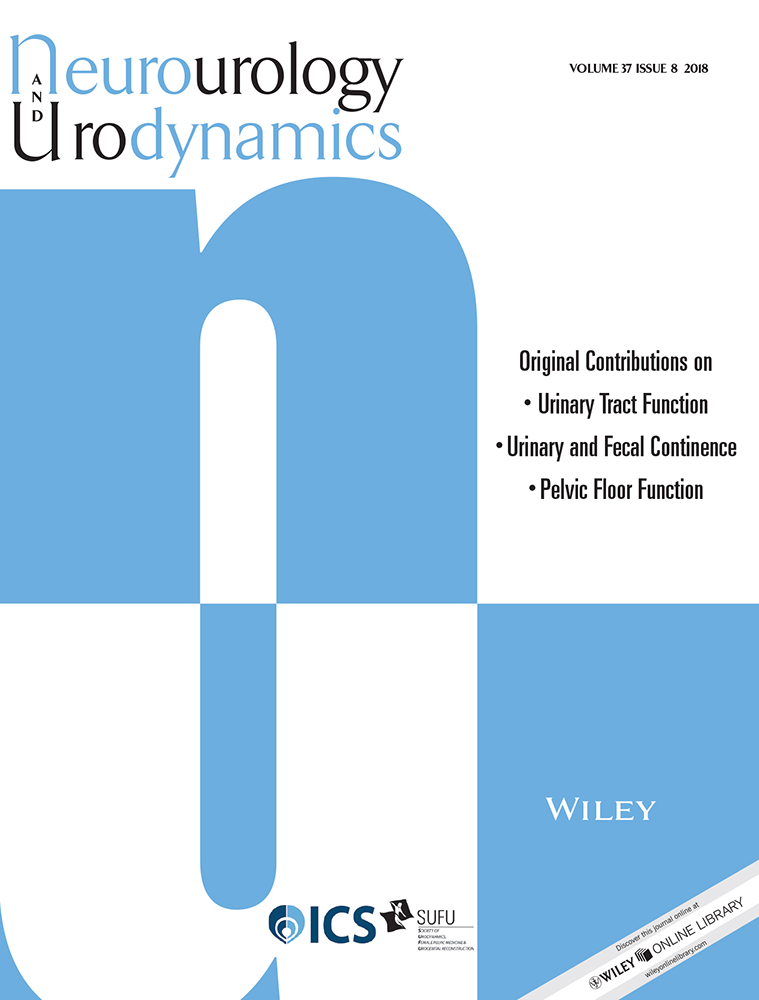Agreement between simple catheter method and 3D transperineal ultrasound for assessing urethral length measurement before stress urinary incontinence treatment
Abstract
Aims
Optimal placement of periurethral material has an important role in treatment efficacy with stress urinary incontinence (SUI). The validity of methods for determining urethral length and the precise location of the mid-urethral complex for SUI treatment have been sparsely studied. The aim of this study was to investigate the agreement between urethral lengths measured with a catheter and by transperineal ultrasound.
Methods
Fifty-seven women with SUI or mixed urinary incontinence (MUI) with predominant stress symptoms were recruited. The urethral length was assessed with 3D transperineal ultrasound and measurements were taken offline from the postero-inferior margin of the pubic symphysis to the bladder neck. Then, it was measured with a foley catheter by another evaluator, blinded to the ultrasound data. The distance between the inflated balloon and the urethral meatus was considered.
Results
Thirty-three women (58%) had SUI and 24 (42%) had MUI. The mean urethral length evaluated with ultrasound and the catheter were 3.03 ± 0.34 cm and 3.02 ± 0.41 cm (P = 0.857), respectively. Agreement between the two methods as assessed by the intra-class correlation coefficient was 0.90 (CI0.82-0.94, P ≤ 0.001). Limits of agreement (Bland-Altman) were +0.46 to −0.45 cm, with a mean difference of −0.01 ± 0.23 cm.
Conclusions
Findings of this study, reveal an excellent agreement between a simple catheter technique and ultrasound assessment for measuring urethral length, with a small mean bias and clinically acceptable limits of agreement. This provides relevant information in clinical practice for determining optimal placement of periurethral material or mid-urethral tape for SUI treatment.
CONFLICTS OF INTEREST
The authors declares no conflicts of interest.




